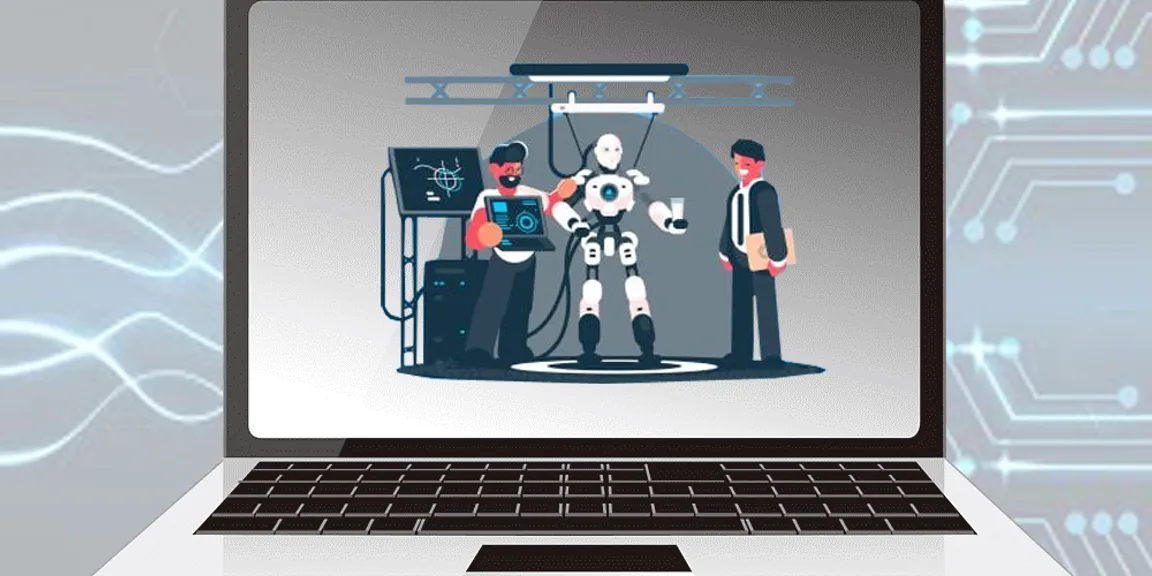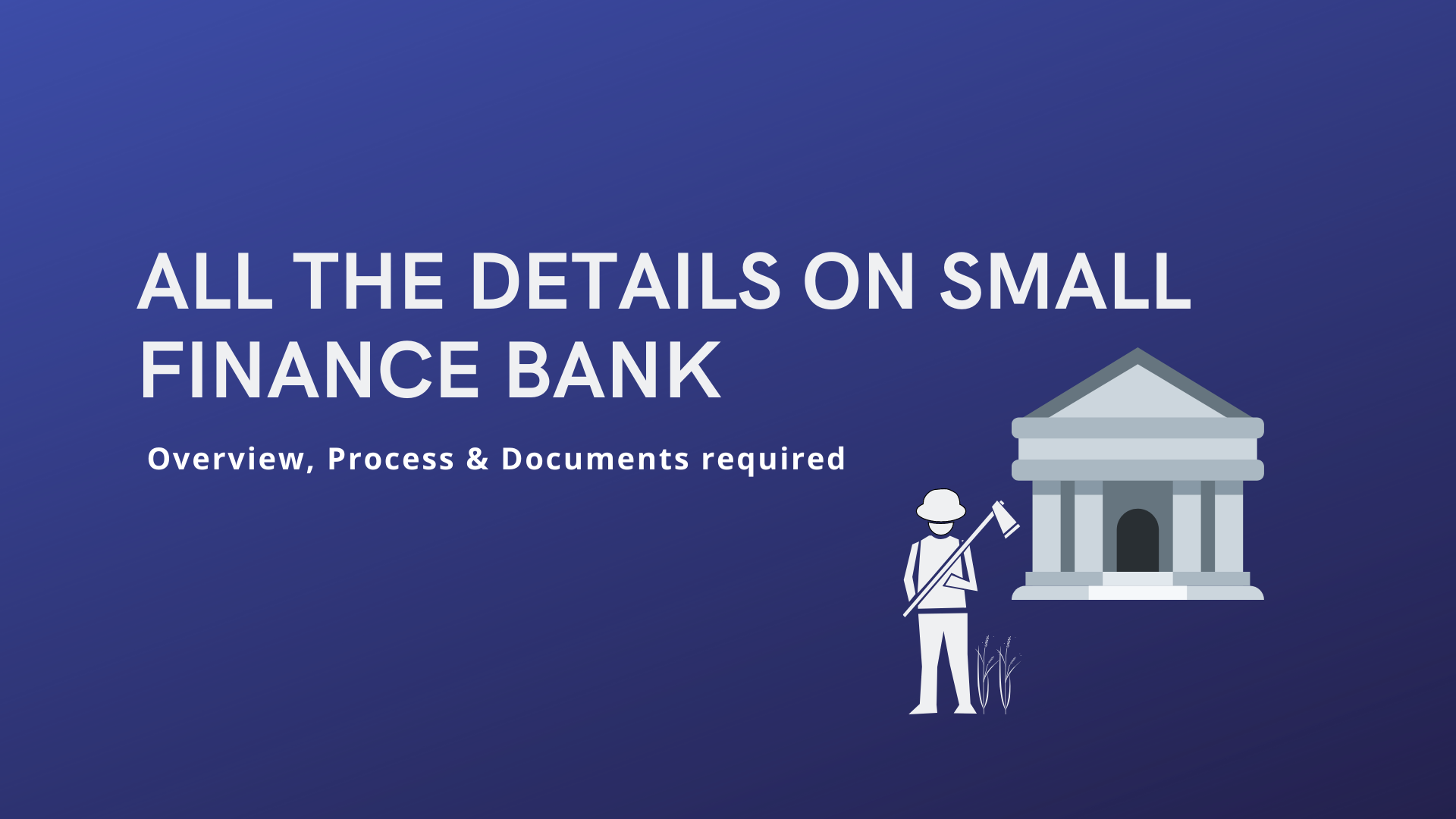

Why the Software Testing Industry must look forward to AI?
How does AI help in Software Testing Industry?
The foundations of every great software that we know today lay in its testing. The software testing industry is a big industry whose fundamental purpose is nothing but one- help produce the best software in the market. While there’s not much that it does in terms of the development, there’s a lot that that testing shares as its feedback and passes on to the development.
If you’re wondering whether software testing is a whole new field of itself separate from the fundamental development, you’re probably mistaken. While it has an entirely new area to it and further sub-fields, it often goes in tandem with the software development procedure.
Software Testing As We Know It
In other words, software testing undoubtedly forms an important part of the software development life cycle which helps test the software robustly. The testing procedures vary depending upon the software. However, there’s one thing that is common in every software testing strategy- bring out the best of the software methodologies and make it friendly enough for the user but also sophisticated enough to serve its purpose adequately.
Therefore, software testing relies heavily on modern techniques and concepts for delivering the best version of the software as per the user’s needs. For this process software testing in itself relies heavily on modern technological concepts such as agile methodologies, machine learning, artificial intelligence as well as manual procedures to maximize the output of software while minimizing the share of the complex processes running at the backend.
At this point, it is natural to think that software testing might fall towards the end of a software development life cycle. However, the reality is quite different from popular beliefs, especially if you’re new to this field. Software testing whether one manually or via an automated testing procedure goes simultaneously with development with proper places assigned for testing during different phases of the development.
After all, understand it this way, software testing is all about bringing the best version of the software and ensure that the software from the user’ s perspective is flawless. Software is composed of different modules that divide the entire big chunk into several small pieces. If all these pieces are left for analysis at the end, it would create several problems.
First, it would create such as burden for the tester to test the entire package all at once. It can lead to ignorance of small issues that turn out to be huge blunders from the user’s perspective. Testers can only focus on the bigger aspect of things since there would be a lot to test and analyze.
This would also put a burden on manual testing efforts that are a crucial part of the software testing services. Moreover, the tester might leave room for errors ignoring the nuanced aspect of things.
But, most of all, the most cumbersome task for the tester remains to test and share feedback with the development within the project timelines. Because development in itself takes a lot of time, covering up the entire timeline of the project. Therefore, when it is passed onto the testing team, there is already very little or close to none time for the testing team to deploy its best practices and check the software robustly for any errors.
Most businesses and enterprises often make this mistake while creating a new software pr product where they leave testing towards the end of the software development life cycle. Therefore, when it is finally received and passed onto the customer for use, there’s a lot of feedback that comes in, with experience of faulty procedures and broken modules. Not only does this fact damage the reputation of the company but also deviates the customer’s trust in the company.
Testers Turning Towards Artificial Intelligence
Having said this, more and more testers are turning towards modern technologically advanced solutions like machine learning and artificial intelligence when it comes to the best results. These front-running technologies are not only enhancing the software testing experience but also removing the burden of a lot of manual tasks from the shoulder of the tester. With little or no burden, the tester can supervise the functioning of an automated program and just monitor the results to pass on as feedback to the development team.
More to this, the testing happens simultaneously during the development of different modules ensuring that they are able to adequately play their part in the overall functioning of the application. The best part of harnessing artificial intelligence for software is that it helps automatically generate test cases and predict the error rates with its subsidiaries in machine learning.
This means while the manual tester has to specifically define test cases and a lot of time goes into it. The case is, however, different when it is artificial intelligence doing most part of the job. As a result, the tester can focus on what’s important and crucial for the software. Instead of wasting time on a lot of manual procedures, testers let the AI handle testing while supervising it at the same time and ensuring that the customer experience remains unaltered.
While small and medium enterprises are still finding it quite difficult to leverage technologies like artificial intelligence in their software development life cycle, they are facing a huge setback when it comes to the competitiveness of the market. As a result, tech giants are at an advantage by default and are able to develop better and technologically sounder experience. This ultimately reflects in the user experience and provides better quality for the customer to experience. As we move towards the future artificial intelligence will take over a lot of manual testing and power software testing with intelligence rather than repetitive work.






